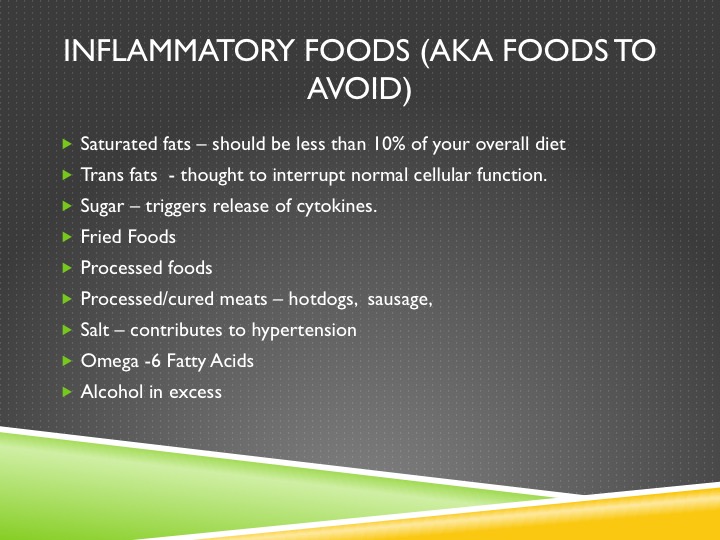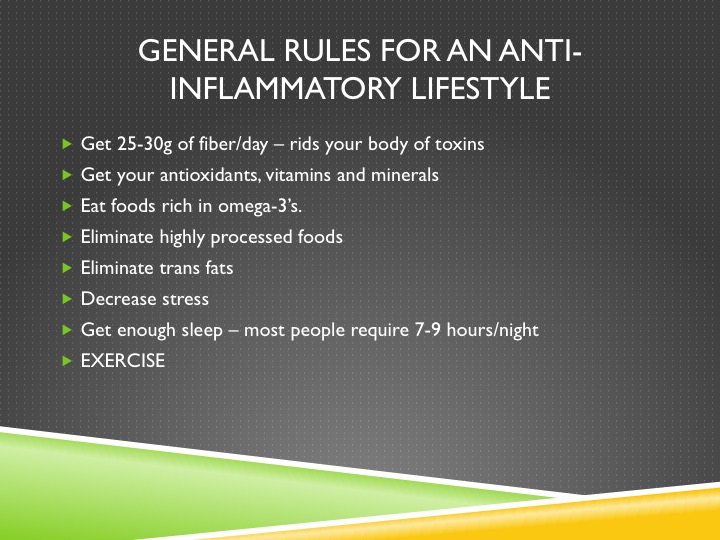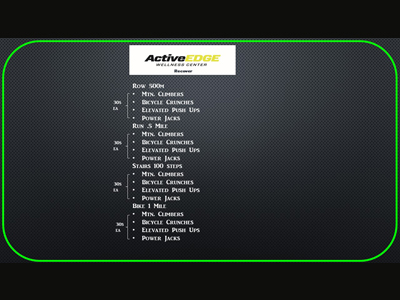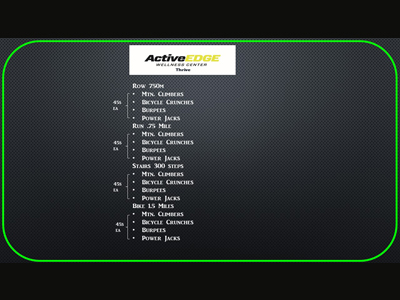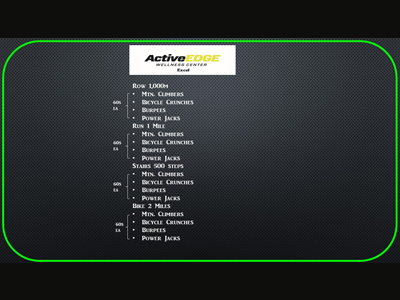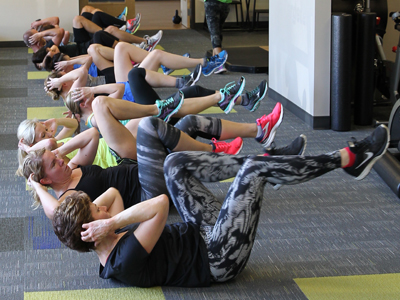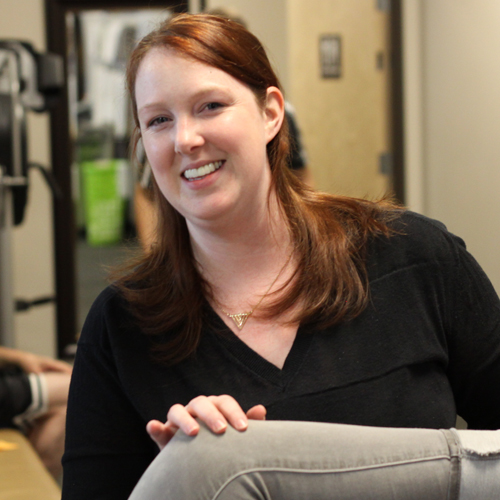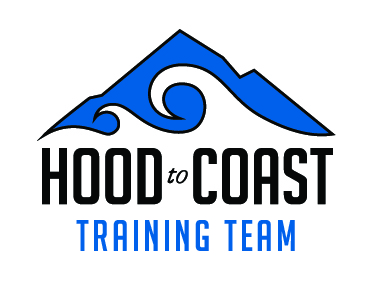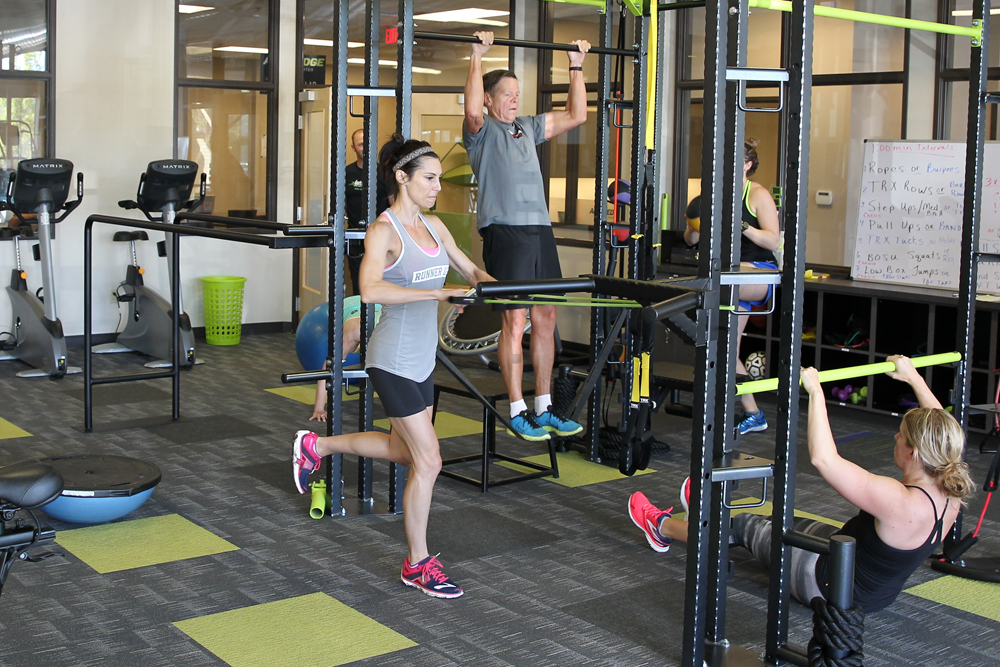WINTER 2017
FEATURE STORY:
Inflammation following an injury
A discussion on how inflammation can be a normal and healthy response to an injury. Please see the nutrition section below to learn how this inflammation process can shift to chronic inflammation and therefore lead to unhealthy and adverse health risks.
By Kelsey Wallin, ActiveEDGE West Linn’s newest Physical Therapist. She provides some insight on inflammation following an injury.
Inflammation
It can be a scary word for every athlete, but did you know that inflammation is a normal response to any increased stress on your body? Every time you work out, your body experiences an inflammatory response to the specific stresses you put on your body. While inflammation at a cellular level to repair tissue is normal, sustained acute or chronic inflammation can be an issue. This will be your short guide to help you determine what is normal response to your workout, when you should contact a medical professional regarding pain and inflammation, and what to do if you have inflammation following an acute injury.
What is normal?
Normal response to increased stress includes muscular soreness lasting up to 48 hours following a strenuous workout. During this time, your body’s normal inflammatory response is working at a cellular level to repair tissue and build muscle.
When is pain/soreness not normal? Am I injured?
If soreness lasts past 48 hours or you are having sharp pain, redness, swelling, or decreased function you have overstressed or injured the tissue. Seek medical attention immediately if you cannot weight bear through affected extremity, cannot move affected extremity or pain is severe.
Pending extent of inflammation and injury you should seek a health care professional for further assessment. At ActiveEDGE Wellness we provide injury assessments that can help guide your next step in this process. Mild sprains and strains can be treated at home.
What do I do if I am injured or experiencing inflammation?
For all acute inflammation, you can follow the simple acronym RICE.
- R-rest…. Give the injured tissue a break. Active populations have difficulty following this guideline, however you are still able to do activities that do not stress the injured tissue and encouraged to maintain strength and mobility of adjacent joints. Seek advice from a PT or personal trainer as to “work around’s” during an injury.
- I-Ice…. Apply for 15 minutes, then remove for at least 15 minutes prior to placing ice back on affected tissue
- C-compression… Apply compression to area to decrease swelling
- E-elevation… Elevate injured area above heart to decrease swelling
For moderate or severe sprain and strains, it is important to treat acute inflammation within the first 48 hours with the above methods.
![]() Visiting your physical therapist can also help keep you moving and allow for a quicker return to activity. While a Physical therapist will not accelerate tissue healing time, they can help prevent regression or development of chronic inflammation. Your PT can also guide you when it is safe start exercises to improve mobility and strength so you can get back to the activities that you love to do!
Visiting your physical therapist can also help keep you moving and allow for a quicker return to activity. While a Physical therapist will not accelerate tissue healing time, they can help prevent regression or development of chronic inflammation. Your PT can also guide you when it is safe start exercises to improve mobility and strength so you can get back to the activities that you love to do!
Want to read more about treatment of sports injuries? Here is an article from Harvard Health Publishing.


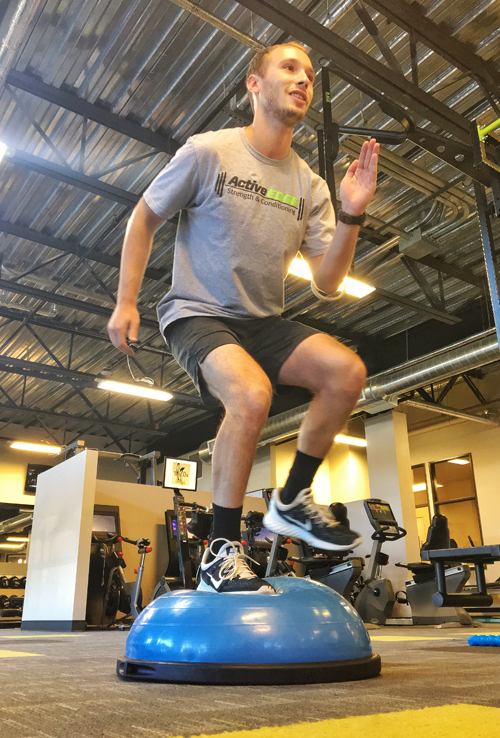
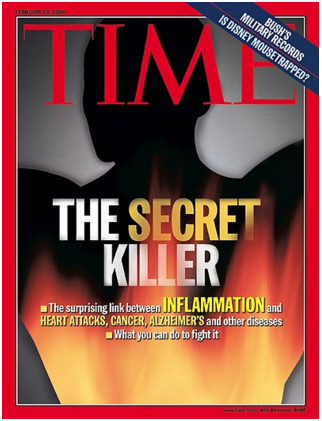 This Month’s Tip:
This Month’s Tip: